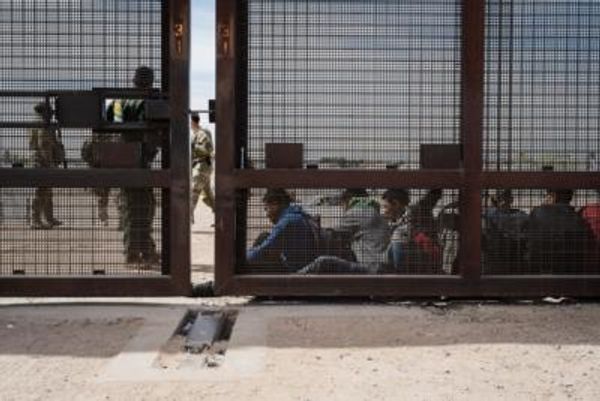
A new tariff that will charge solar panel owners for exporting their energy during the middle of the day could discourage solar uptake, consumer groups say.
Ausgrid, which has about 280,000 customers in New South Wales with rooftop solar panels, has introduced a two-way tariff system to incentivise solar panel owners to export their power into the grid in the evening, when it is most needed.
This will include a charge to solar panel owners of 1.2 cents a kilowatt hour to send electricity to the grid between 10am and 3pm once exports hit above a free threshold.
The owners could also see a return of 2.3 cents a kilowatt hour if they export power during the peak demand time of 4pm to 9pm.
Other energy distributors in NSW and the Australian Capital Territory proposed similar plans last year, including Essential Energy, Endeavour Energy, and EVOenergy, according to the consumer group Solar Citizens.
Solar Citizens’ chief executive, Heidi Lee Douglas, said the groupbelieved the tariff was a roadblock to solar uptake, given that few solar panel owners would benefit from the return.
This was due to a low uptake in batteries among solar panel owners, she said, which would allow consumers to benefit from the change by storing their power during the day and selling back to the grid during the evening when the return is high.
Price was the main inhibitor to uptake, Douglas said, with batteries costing upwards of $10,000. About 12% of homes with solar panels have a battery, according to figures by SunWiz. In NSW it’s 13.5%.
Douglas said the change could lead to consumers installing smaller solar power systems so they were not penalised for exporting energy during the day.
“We actually need the government to be removing the roadblocks for those people to get the cost of living benefits of solar energy,” she said.
Douglas said governments should be doing more and urged the NSW government to follow Queensland’s lead by increasing battery uptake via financial support.
Greg Giles, who has had solar panels on his Newcastle home for 15 years, said he had explored buying a battery to store his power but couldn’t afford the price on his fixed income. The retiree is not an Ausgrid customer but, if his distributor follows suit, he’s unlikely to benefit.
He said he tended to try to do his more energy-demanding chores – like putting on the washing machine or dishwasher – during the day. But he still generally has an excess of power that’s exported to the grid during the day.
“I’m not going to be generating much power after 6 or 7pm in summer, and not much after 5pm in winter, so the only way to benefit will be to have a battery already installed and then export it then,” he said.
The director of the Grattan Institute’s energy program, Alison Reeve, said the federal government had been investing in community batteries for consumers who can’t afford to buy their own.
She disagreed the introduction of two-way tariffs would have a major impact, arguing that it would lower power costs for a vast number of consumers, regardless of whether they have solar panels.
Reeve said the change had been triggered by problems caused by the flood of power exported by solar systems during the day rather than at night when it was needed.
She said the current system unfairly penalised anyone unable to afford solar.
“The existing system is actually unfair on a much larger group of people then this change will be on that smaller group.”
A spokesperson for Ausgrid said a typical solar customer should see an increased cost of 13 cents a week or $6.60 a year.
“The impact on customers will depend on how retailers pass through the charges and rewards, and how and when households use the power from their solar systems,” they said.
Reeve said she understood some retailers had said they wouldn’t be passing the cost along on a consumer-by-consumer basis, and instead would spread costs across their customer base – which was unlikely to make a notable difference.
A report released last week by the research group Nexa Advisory examining how to increase battery and solar panel uptake found distribution networks devoted less than 1% of their expenditure on managing exports of power, suggesting there was no difficulty with exporting rooftop solar.
The chief executive of Nexa Advisory, Stephanie Bashir, also a board member of the Smart Energy Council, said the export tariffs were not needed and that any tariff shouldn’t discriminate against those who’ve invested tens of thousands into solar “trying to do the right thing”.
“It’s on the government to ensure it is managed in a way that isn’t penalising people,” Bashir said.
“Consumer energy can be a great tool for energy transition, its a huge contributor, and there are better ways of taking this contribution and turning it into a positive for the energy system.”







